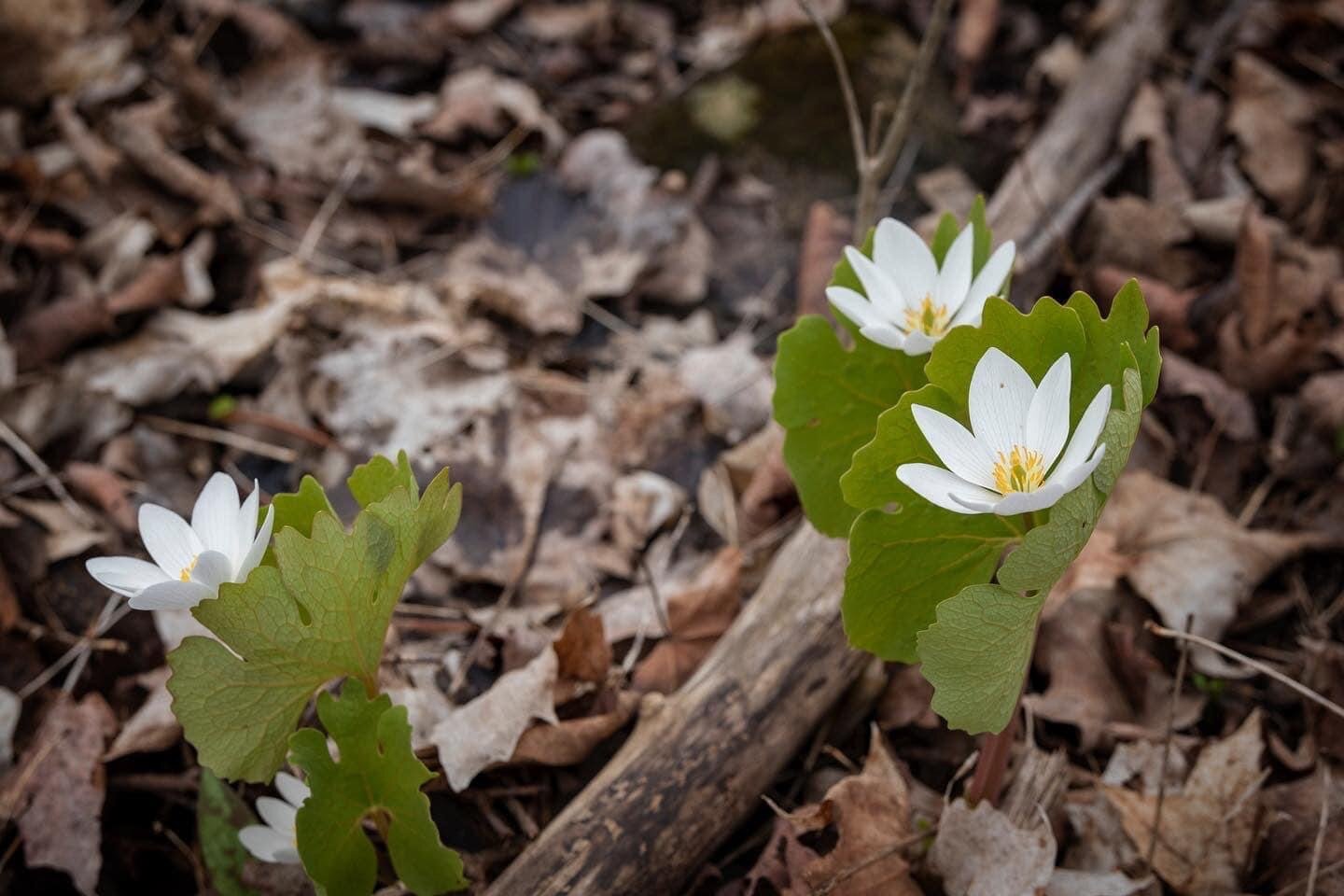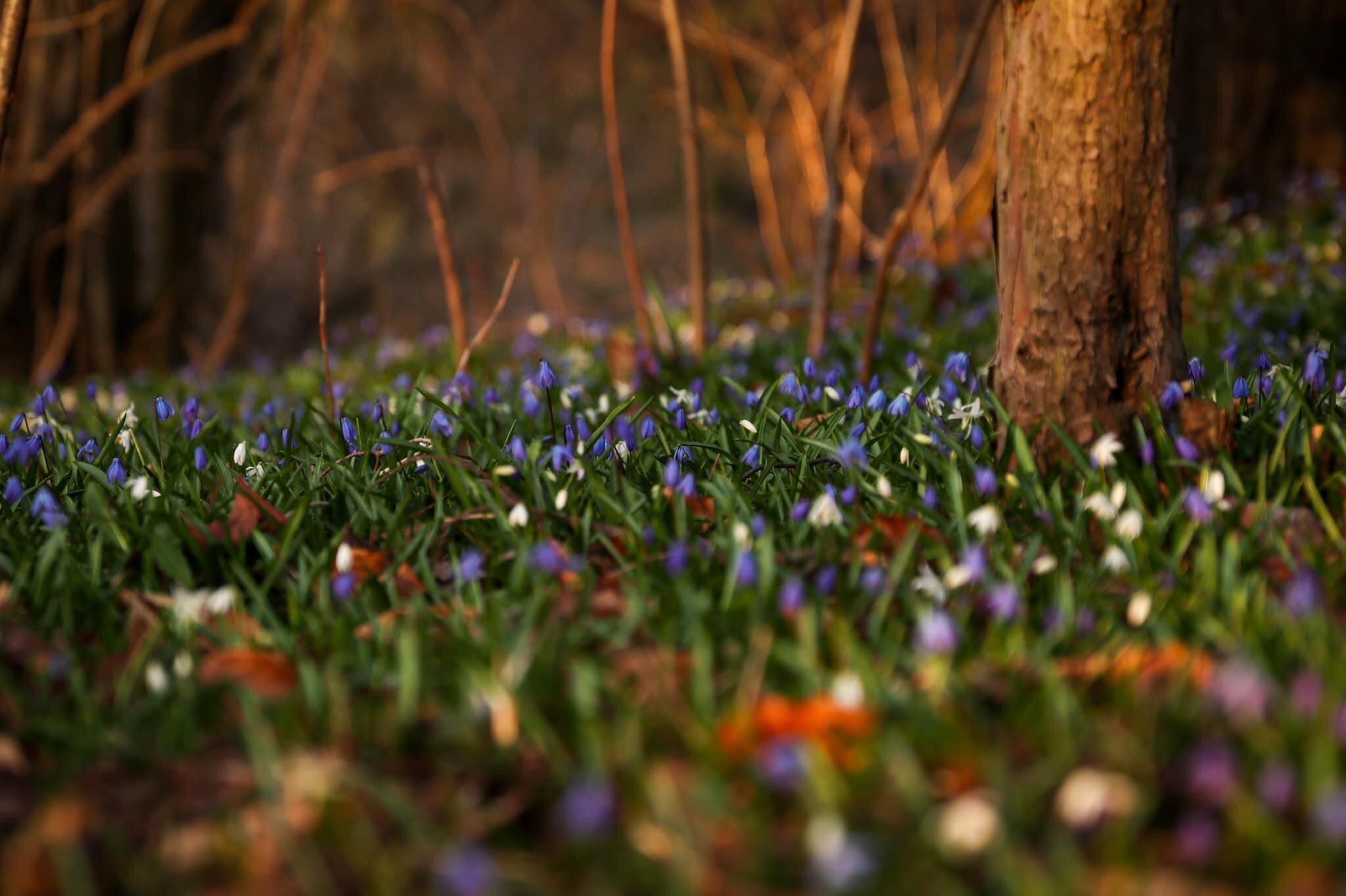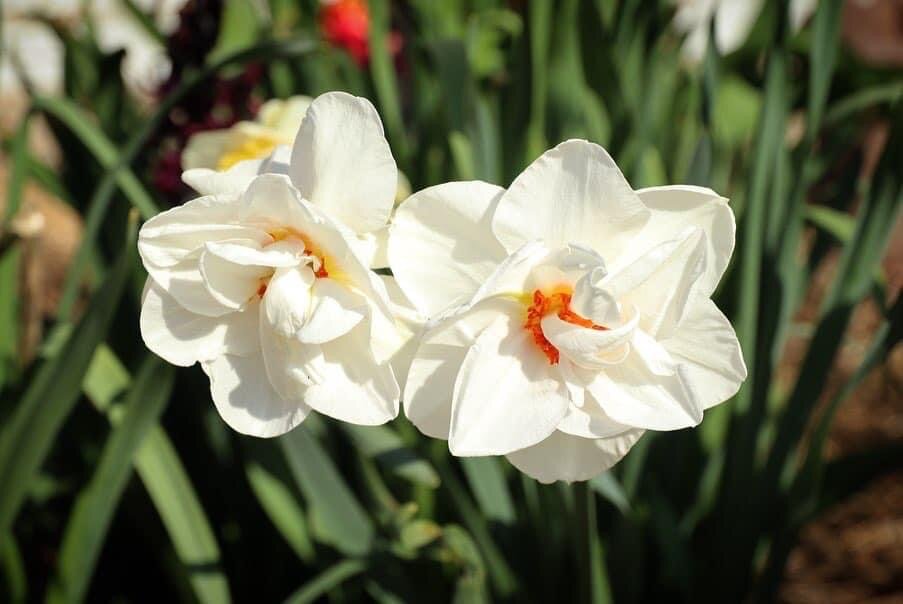How Simple Garden Pleasures Destroy Mother Nature
“This plant makes me happy! I must have it!!” But at what expense? Let’s do a little case study!
Three early-spring plants that all bloom around the same time. Three very different effects on the environment around them.
Daffodils:
A bulletproof(squirrel proof), long lasting (3 weeks), spring bloom whose bright face puts a smile on many. There are so many varieties available! But if you have them, you might be surprised to notice, they are rarely visited by pollinators.
All of those varieties. All the human selection and interference. It leaves this plant performing a “useless” role in the ecosystem. Flowers that have been distorted too far from their original form may have less nectar or be entirely sterile, rendering them useless as a food source.
Hybridization can also sacrifice the flower’s strong scent, leaving aroma-sensing pollinators without a map to lunch. In time, daffodils will reproduce but they are very well behaved and don’t spread beyond their immediate area.
Bloodroot:
A native plant whose bloom time coincides with the waking up of our native bees, providing each other with a mutually beneficial relationship. This plant doesn’t try to entice additional pollinators and stays true to its support of its preferred pollinators by only producing pollen (and no nectar).
It only opens on warm days when the pollinators will also be active. Once pollination occurs, the petals drop, or after 3 days. Its short lived display is not what most gardeners are seeking in a plant wish-list.
What gives this plant its common name is the root colour. Cut into the roots and you’ll find a blood red liquid (even the stems bleeds red) and within that there is an alkaloid known as Sanguinarine which has been shown to have anti bacterial, anti-fungal and anti-inflammatory properties. It was used as an ingredient in some tooth paste and mouthwashes in the early 00’s and prior, but is rare to find in current market offerings. It is being investigated for its potential cancer fighting properties. It has long been respected for its medicinal values by indigenous populations.
Scilla/squills:
A long lasting (20 day) bright shot of colour in a greige world makes this a favourite by many. But it has extremely invasive tendencies that can cause problems between neighbours, both human and our natural eco-systems.
If you take a walk through Toronto Botanical Gardens, you’ll be able to see a carpet of colourful Scilla blanketing the ground and reaching down into the ravine system. Take a stroll through the Don Valley Ravine and you’ll see large patches of it, far from any formally planted areas or private residential gardens. It’s an aggressive spreader that chokes out natives by spreading through both bulbs and seed.
This is one flower, that if your kids want to pick you a bouquet, please allow them to harvest the entire patch. By harvesting or picking the flowers they are preventing seeds from being created or spread further in the ravines. Honeybees tend to out compete solitary and bumblebees for the collection of pollen although all three visit and feed.
Now armed with this information, would your plant shopping habits change?
It is my goal with Buying Thyme to connect the community to nature and practice sustainability practices so we can better our patch of the ecosystem. Our flowers invite you to slow down, savor simple joys, and celebrate the beauty of the seasons wherever you take them, but our blog teaches you how you can apply everything we have learned, on your own property! For our Southern Ontario specific gardening tips make sure to peruse our other blog articles here.
Buying Thyme is your local source for seasonal, sustainably grown flowers. Visit our flower stand where we offer locally gown, cut flowers, to Durham Region. All grown right here on our North Oshawa/Hampton micro flower farm.
Unlike most florists offerings, these flowers have a negative carbon footprint with no transportation, sprays or pesticides. Each year our collection of Ontario native plants grows, which not only offers more beautiful flowers to our clients but also contributes to restoring the local ecosystem.
To learn more about our floristry services and products or to visit the flower stand click here.


